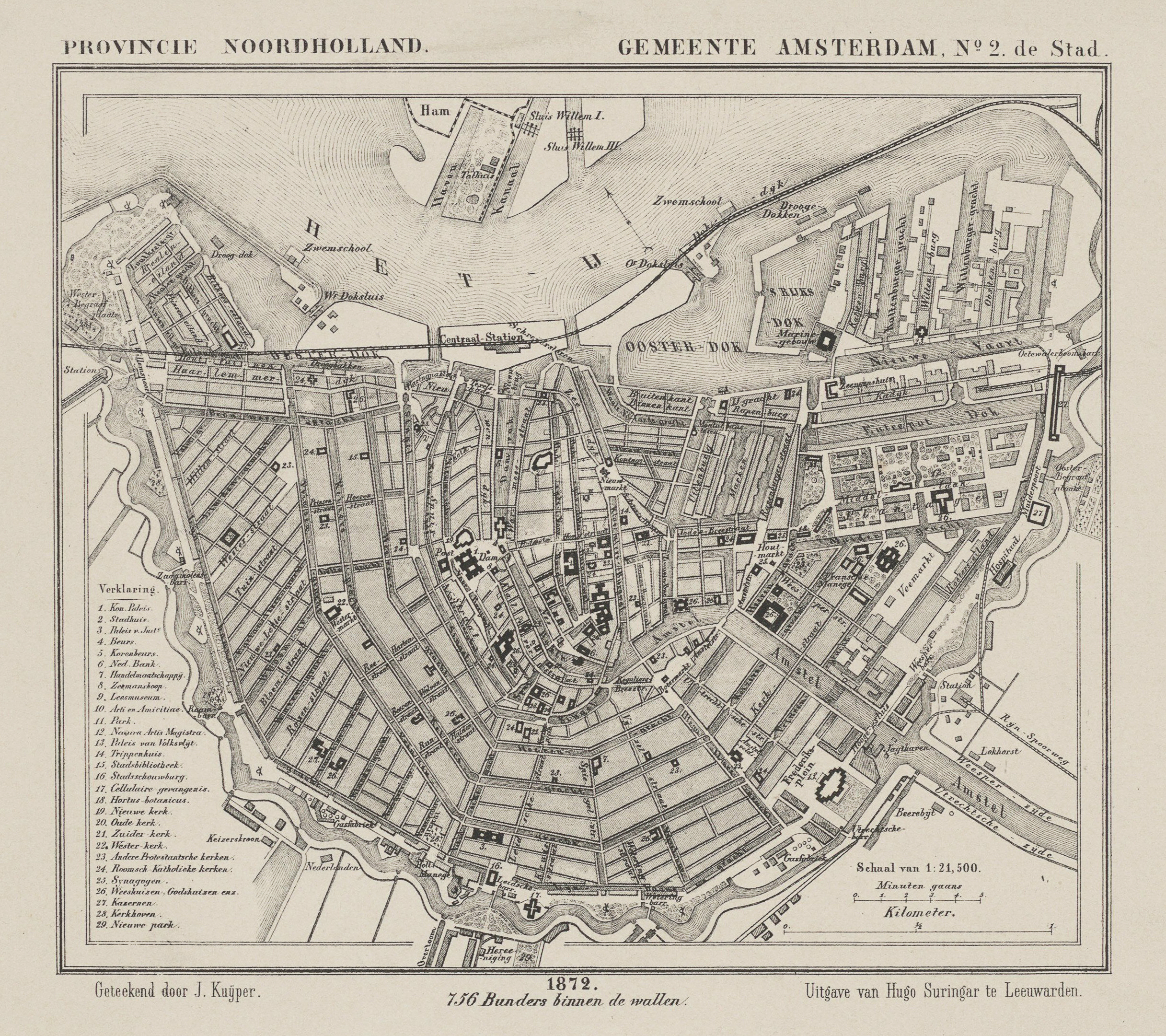|
Amsterdam Wooden Drydock I
Amsterdam Wooden Drydock I (''Dutch: Het eerste drijvende droogdok in Amsterdam)'' was the first floating dry dock of Amsterdam, and probably the first modern floating dry dock of Europe. Context Dry docks for commercial sailing ships In the eighteenth century, the effectiveness of dry-docking for warships was well-known. In the late eighteenth and early nineteenth century, this also became applicable to commercial ships. This was especially true for ships sailing to the tropics. These were often copper sheathing, coppered, which made regular inspection and repair in a dry dock even more useful. When Dutch shipping revived after 1815, many Dutch merchant ships were coppered. This was of course especially the case in Amsterdam, where most of the ships sailing to the Indies belonged. This is how people in Amsterdam got the idea to create a facility for repairing ships without careening, like Rotterdam, Den Helder, Vlissingen and Hellevoetsluis had. The weak underground of H ... [...More Info...] [...Related Items...] OR: [Wikipedia] [Google] [Baidu] |
Dry Dock
A dry dock (sometimes drydock or dry-dock) is a narrow basin or vessel that can be flooded to allow a load to be floated in, then drained to allow that load to come to rest on a dry platform. Dry docks are used for the construction, maintenance, and repair of ships, boats, and other watercraft. History Greco-Roman world The Greek author Athenaeus of Naucratis (V 204c-d) reports something that may have been a dry dock in Ptolemaic Egypt in the reign of Ptolemy IV Philopator (221-204 BC) on the occasion of the launch of the enormous ''Tessarakonteres'' rowing ship. It has been calculated that a dock for a vessel of such a size might have had a volume of 750,000 gallons of water. In Roman times, a shipyard at Narni, which is still studied, may have served as a dry dock. Medieval China The use of dry docks in China goes at least as far back the 10th century A.D. In 1088, Song Dynasty scientist and statesman Shen Kuo (1031–1095) wrote in his '' Dream Pool Essays'': Renais ... [...More Info...] [...Related Items...] OR: [Wikipedia] [Google] [Baidu] |

_-_dry_dock_Pearl_Harbor_(1).jpg)